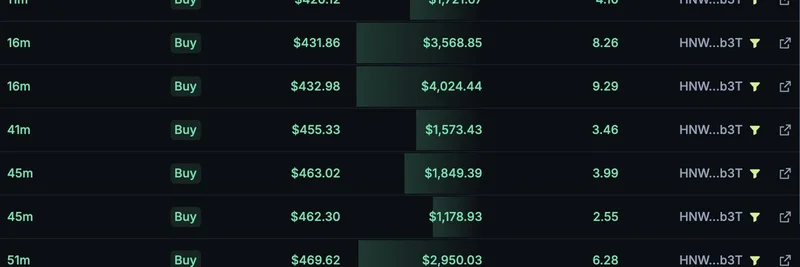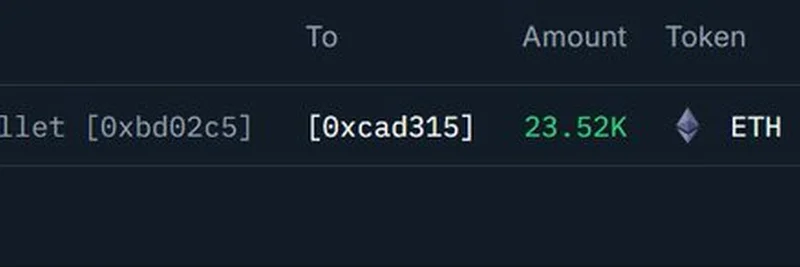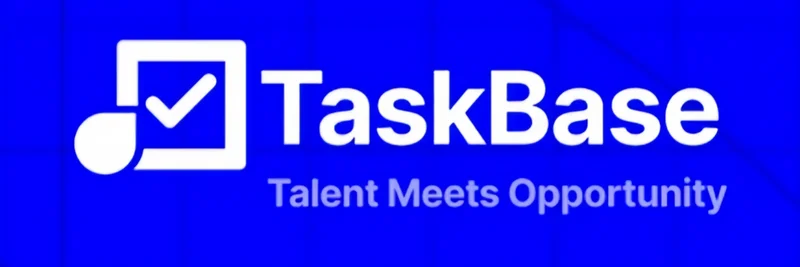Have you ever wondered how some crypto projects balance investment appeal with everyday usability? That's exactly what InterLink is aiming for with its dual-token model featuring $ITL and $ITLG. Recently, BSC News highlighted this in a tweet, linking to their in-depth review. If you're into blockchain innovations or just curious about the next big thing in tokens, let's break it down step by step.
The buzz started with this tweet from BSC News, where they spotlighted InterLink's tokenomics. It points to a detailed article on bsc.news that unpacks the reasoning behind the two tokens. Tokenomics, for those new to the term, refers to the economic design of a cryptocurrency—think supply, distribution, and incentives that make the whole system tick.
At the heart of InterLink is a human-centric approach, focusing on real people rather than bots or automated systems. They use something called "proof of personhood," which basically means verifying that each user is a unique human. This helps create a fair network where opportunities aren't gamed by fake accounts.
Meet the Tokens: $ITL and $ITLG
InterLink uses two tokens to keep things balanced:
$ITL: This one's like the backbone for big players. It's a reserve asset managed by the InterLink Foundation, with a fixed supply of 10 billion tokens. Half goes to $ITLG holders, and the other half supports institutional growth and stability. You can stake $ITL to access the "Human Layer"—a network of verified users. It's geared toward long-term stakeholders, like venture firms, and might even qualify as a security token under regulations like those from the SEC.
$ITLG: This token is all about active participation. With a much larger supply of 100 billion tokens, 80% is set aside for "Human Node miners"—that's verified users who contribute by getting verified and referring others. The remaining 20% fuels incentives. $ITLG lets you vote in the DAO (Decentralized Autonomous Organization), get early access to launchpads, and even use it as payment in mini-apps like games or services. Holding $ITLG can also earn you $ITL rewards.
The dual setup draws inspiration from giants like Bitcoin (as a store of value) and Ethereum (for utility). By splitting roles, InterLink avoids the pitfalls of single-token systems, where security and daily use might clash.
How Mining and Sustainability Work
Getting $ITLG isn't about heavy-duty hardware; it's for humans only. Verified users, or Human Nodes, mine tokens through simple actions like verification and referrals. The InterLink ID system keeps bots out, ensuring fairness. Early adopters get easier mining to bootstrap the network, but rewards adjust over time to welcome newcomers without diluting value.
To prevent dumps and promote longevity, there's a vesting schedule—tokens unlock gradually. Once the full supply is mined, the community decides via DAO if they want to keep it scarce or expand.
Real-World Impact and Why It Matters
What makes this exciting is the potential for real change. InterLink targets the 1.4 billion unbanked adults worldwide, per World Bank data. With just a smartphone and facial verification, users can make peer-to-peer payments using $ITLG. Imagine humanitarian aid from organizations like WHO or UNICEF distributed directly as micro-grants, or users getting paid for their data by tech giants like Google and Meta.
In the meme token world, where hype often drives value, InterLink stands out by tying tokens to genuine human activity. It's not just about memes; it's building a sustainable economy that could rival traditional finance in accessibility.
If you're thinking about jumping in, check out the original BSC News article for the full whitepaper details. And follow @inter_link on X to stay updated. Who knows—this dual-token magic might just redefine how we think about blockchain participation.
What do you think? Is the human-centric model the future of crypto, or just another trend? Drop your thoughts in the comments!



